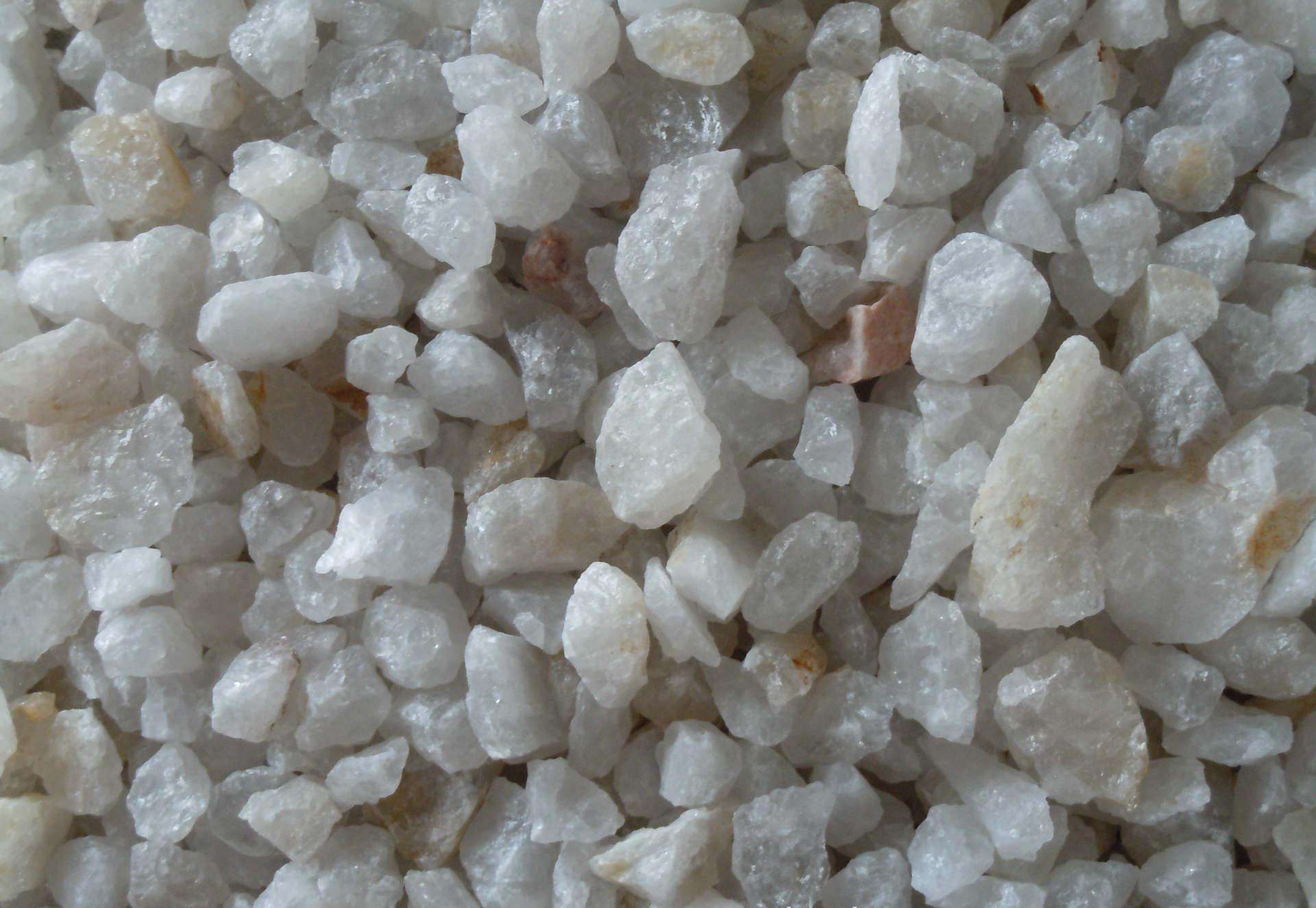
Exploring the Properties and Uses of Iron-Based Pigments in Art and Industry
The Significance and Applications of Iron Pigments
Iron pigments, derived primarily from iron oxides, play a pivotal role in various industries due to their unique properties and versatility. These pigments are not only used for their color; they also provide essential functionalities in a range of applications, including coatings, plastics, and construction materials.
Types of Iron Pigments
Iron pigments come in several forms, with the most common being red iron oxide, yellow iron oxide, black iron oxide, and brown iron oxide. Each of these pigments has distinct characteristics and colors that make them suitable for different applications. Red iron oxide, for instance, is known for its vibrant hue and excellent UV resistance, making it ideal for outdoor applications. Yellow iron oxide, on the other hand, is often used to produce lighter shades and can be combined with other pigments to create a wide spectrum of colors.
Environmental and Safety Aspects
One of the key advantages of iron pigments is their non-toxic nature. Unlike many synthetic pigments, which may release harmful chemicals during manufacturing, application, or disposal, iron oxides are generally regarded as safe for humans and the environment. This characteristic makes them particularly valuable in producing safe consumer products, such as cosmetics, food packaging, and children's toys.
Additionally, iron pigments have excellent lightfastness and durability. When used in paints and coatings, they provide long-lasting color and protection against environmental elements, such as moisture, heat, and ultraviolet radiation. This durability reduces the need for frequent repainting, which not only saves costs but also lessens environmental impact.
Applications in Various Industries
iron pigment

The versatility of iron pigments enables them to be employed in numerous applications
. In the construction industry, red and brown iron oxides are commonly utilized in concrete and masonry products. They enhance aesthetic appeal by providing color while simultaneously offering protection against the effects of weathering and fading.In paints and coatings, iron pigments are prized for their ability to improve opacity and provide a robust barrier to moisture and chemicals. They are often found in industrial coatings, automotive paints, and architectural finishes.
Moreover, the plastics industry benefits from the incorporation of iron pigments. When used in plastics, these pigments can impart color and improve the material's thermal stability. This is particularly important in outdoor applications, where exposure to sunlight can lead to fading and degradation of less durable pigments.
Innovations and Trends
The increasing emphasis on sustainability has led to a growing interest in bio-based and recycled iron pigments. Innovations in production methods aim to minimize waste and reduce the carbon footprint associated with pigment manufacturing. Furthermore, researchers are exploring ways to enhance the performance of iron pigments, such as improving their dispersibility and compatibility with various polymers and substrates.
Conclusion
Iron pigments are a cornerstone of the pigment industry, offering a blend of aesthetics, functionality, and safety. Their diverse applications across multiple sectors—from construction and coatings to plastics—underscore their importance in modern manufacturing processes. As industries continue to prioritize environmental responsibility and sustainability, iron pigments will likely play an increasingly vital role, ensuring that they remain a relevant and essential component in the world of color and performance materials. The future of iron pigments looks promising, driven by innovation and a commitment to ecological balance.
Share
-
Premium Pigment Supplier Custom Solutions & Bulk OrdersNewsMay.30,2025
-
Top China Slag Fly Ash Manufacturer OEM Factory SolutionsNewsMay.30,2025
-
Natural Lava Rock & Pumice for Landscaping Durable Volcanic SolutionsNewsMay.30,2025
-
Custom Micro Silica Fume Powder Manufacturers High-Purity SolutionsNewsMay.29,2025
-
Custom Mica Powder Pigment Manufacturers Vibrant Colors & Bulk OrdersNewsMay.29,2025
-
Custom Micro Silica Fume Powder Manufacturers Premium QualityNewsMay.29,2025






